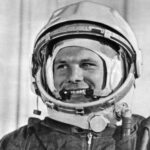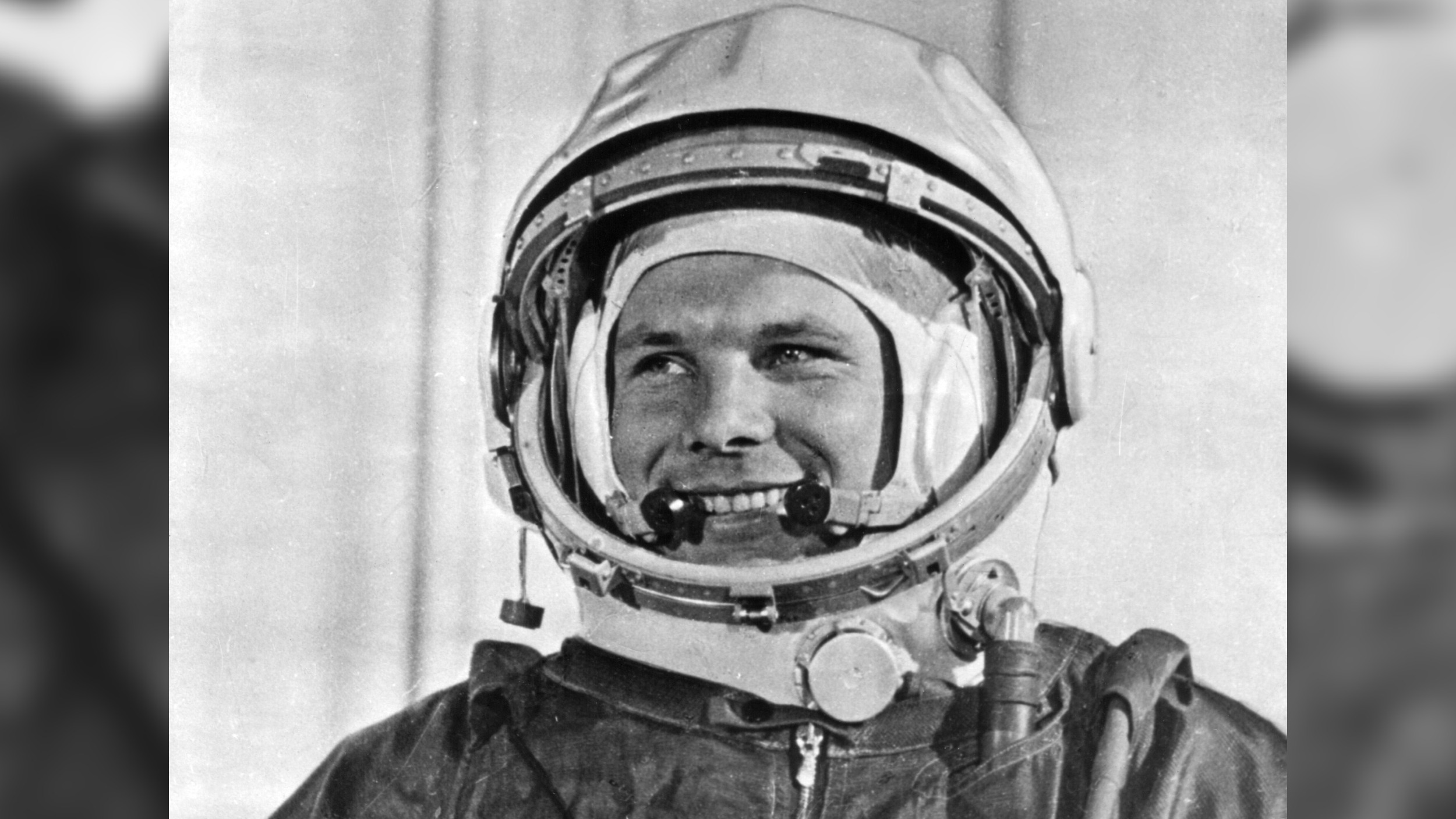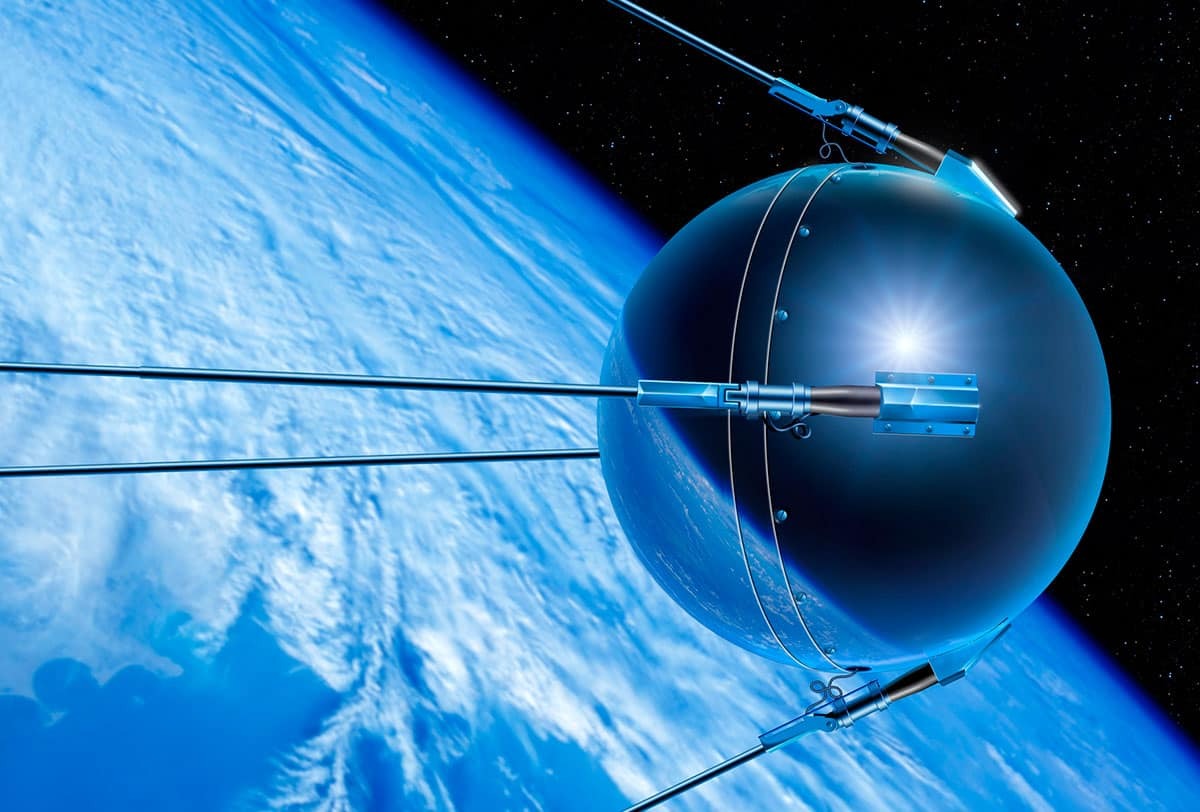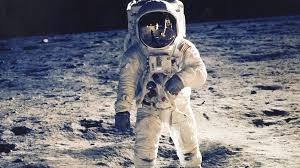In the middle of the 20th century, the world was caught in a tense competition between two superpowers: the United States and the Soviet Union. This rivalry, known as the Cold War, was not a traditional war with open battles, but a struggle for power, influence, and ideas. This competition spilled over into a new and exciting arena: space. The race to be the first in space, to reach for the Moon, and to show the world which nation had the better technology and system, was born.
This Space Race was a unique and important chapter in human history. It pushed science and technology to new limits, led to amazing discoveries, and resulted in some of the most famous moments of all time. In this article, we will take a deep dive into the story of how two superpowers competed for the cosmos, from the launch of a beeping satellite to the first human footsteps on the Moon.
The Spark: A Beeping Ball in the Sky
The Space Race officially began on October 4, 1957. On that day, the Soviet Union launched the world’s first artificial satellite, a small metal ball with four antennas called Sputnik 1. It was about the size of a beach ball, and it weighed only 184 pounds. Sputnik did not do much; it just orbited the Earth and sent out a simple “beep… beep… beep…” radio signal.
But that little beeping ball caused a huge amount of shock and fear in the United States. Many Americans had thought that the U.S. was ahead in technology. The Soviet Union’s success showed that they had a powerful rocket that could launch a satellite into space. This meant they might also have a powerful rocket that could carry a nuclear bomb from Europe to the U.S. The launch of Sputnik was a wake-up call that started the Space Race. The U.S. quickly began its own program to catch up.
The First Steps: From Sputnik to a Human in Space
In the early years of the Space Race, the Soviet Union had many big successes. They were the first to send a living being into space, a dog named Laika. She became the first living thing to orbit the Earth, but sadly, she did not survive the mission.
The biggest victory for the Soviets came on April 12, 1961. On that day, a young Soviet pilot named Yuri Gagarin became the first human in space. He orbited the Earth for a little over an hour and returned safely. The whole world was amazed. This was a huge moment for the Soviet Union, and it made many people in the U.S. feel like they were falling behind. Gagarin became a global hero, and his flight showed that humans could indeed travel into the cosmos.
A few years later, the Soviet Union also put the first woman in space, Valentina Tereshkova. These early “firsts” gave the Soviet Union a big lead in the Space Race and put a lot of pressure on the United States to do something even bigger.
America’s Response: A New Challenge
After Yuri Gagarin’s flight, the United States was in a state of shock. President John F. Kennedy knew that the country needed to do something to regain its pride and show the world its technological power. On May 25, 1961, he gave a famous speech to the U.S. Congress that would change the course of history.
He said, “I believe that this nation should commit itself to achieving the goal, before this decade is out, of landing a man on the Moon and returning him safely to the Earth.”
This was a huge and ambitious challenge. No one had ever done anything like it before. It was a goal that would require a massive amount of money, technology, and human effort. To prepare for this grand mission, NASA started two new space programs.
- Project Mercury: This program had the goal of sending the first American into space. Astronaut Alan Shepard became the first American in space in 1961, and John Glenn became the first to orbit the Earth in 1962.
- Project Gemini: This program was designed to prepare astronauts for a long journey to the Moon. The missions taught astronauts how to live in space for a long time, how to walk in space, and how to connect two spacecraft together, a key skill for the Moon mission.
The Race for the Moon: The Apollo Program
The Apollo Program was the final and most ambitious stage of the Space Race. It was a series of missions designed to fulfill President Kennedy’s dream of landing on the Moon.
The Saturn V Rocket
To get to the Moon, NASA needed a rocket that was much more powerful than anything that had been built before. That rocket was the Saturn V. It was an enormous machine, standing taller than a 30-story building, and it was so powerful that it could lift the entire Apollo spacecraft out of Earth’s gravity and on a path to the Moon. The Saturn V was the true workhorse of the Apollo Program, and it was a masterpiece of engineering that made the Moon mission possible.
The Apollo 1 Tragedy
The Apollo Program did not start without a cost. On January 27, 1967, a fire broke out during a test on the launchpad of Apollo 1. The three astronauts—Gus Grissom, Ed White, and Roger Chaffee—lost their lives. This tragedy was a huge loss, but it did not stop the program. Instead, it forced NASA to completely redesign the spacecraft to be much safer for the astronauts. It was a tragic but necessary step that helped make the future Moon missions a success.
The Final Steps
After the Apollo 1 tragedy, NASA worked hard to get back on track. In 1968, Apollo 8 became the first mission to send humans all the way to the Moon and orbit it. The astronauts sent back a famous picture of the Earth rising over the Moon, an image that changed our view of our planet forever.
Finally, on July 16, 1969, Apollo 11 launched with astronauts Neil Armstrong, Buzz Aldrin, and Michael Collins. After a three-day journey, the Lunar Module, called the “Eagle,” separated and landed on the Moon’s surface. On July 20, 1969, Neil Armstrong became the first human to step on the Moon and said the famous words: “That’s one small step for a man, one giant leap for mankind.”
The End of the Race: From Rivalry to Cooperation
The Apollo 11 mission was a huge victory for the United States, and for many, it marked the end of the Space Race. America had won the race to the Moon, and it had shown the world its technological superiority.
But the story of space exploration did not end there. In the years after the Moon landing, the Cold War began to ease. The two superpowers started to see that it was better to work together in space than to compete. In 1975, the U.S. and the Soviet Union worked together on a historic mission called Apollo-Soyuz. An American Apollo spacecraft docked with a Soviet Soyuz spacecraft in space, and the astronauts and cosmonauts shook hands. This was a powerful symbol of the new era of cooperation.
This cooperation led to even bigger projects, like the International Space Station (ISS). The ISS is a huge scientific lab in space where astronauts from many different countries, including the U.S. and Russia, live and work together. It is a testament to the fact that our rivalry in space has given way to cooperation.
The Legacy of the Space Race: We Are All Stargazers
The Space Race was more than just a competition; it was a defining moment in human history. It led to a huge amount of technological advances that we use every day, including:
- GPS and Satellite Technology: The first satellites that were launched led to the GPS systems that we use today to find our way.
- Computer Technology: The need for lightweight and powerful computers in spacecraft led to the development of microchips and computer technology.
- Medical Advances: The need for doctors to keep astronauts healthy in space led to advances in medicine and medical technology.
- A New View of Earth: The pictures that astronauts took of Earth from space gave us a new perspective. They showed us that our planet is a small, fragile, and beautiful place, a single home for all of humanity.
The Space Race was a unique and important chapter in human history that showed what can be achieved with competition, a huge amount of money, and a shared dream. It inspired a generation of scientists, engineers, and explorers to look up at the stars and wonder what is possible.
Conclusion
The Space Race was a defining moment in the 20th century, a time when two superpowers competed for the cosmos. It started with the launch of a simple beeping satellite and ended with a human standing on the Moon. The journey was not an easy one, and it was filled with triumphs and tragedies. But in the end, the competition led to an era of cooperation and a huge amount of technological advances that we still benefit from today. The legacy of the Space Race is not just a story of rockets and rivalry; it is a story of human ingenuity, courage, and our never-ending desire to explore the unknown.










